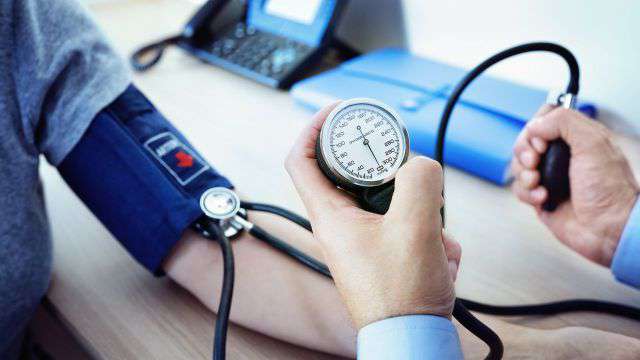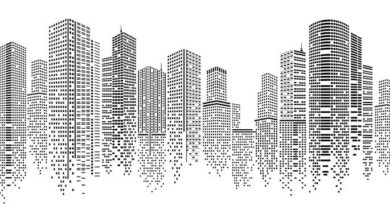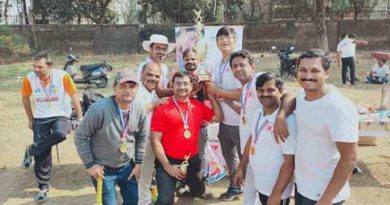At-home blood pressure monitors can be inaccurate, experts urge to use validated instruments
At-home blood pressure monitors make it convenient for people to check their readings, but many of them still want assurance that the numbers are accurate for health reasons. Differences between readings at home and at the doctor’s clinic may reveal that something is wrong with an at-home monitor. Hence, if you’ve been checking up on your blood pressure at home, it’s more than likely you’ve gotten skewed results. A study published in the American Journal of Hypertension, in 2017, suggests that 70 % at-home blood pressure monitors are wrong and that inaccuracy could have serious health consequences. City experts advise you to regularly visit the doctor to get accurate readings, and not to solely rely on at-home blood pressure monitor.
Dr Behram Pardiwala, Internal medicine expert, from the Wockhardt hospital, Mumbai Central, said, “About 10 % of the people who visit me complain about inaccurate readings after checking the blood pressure at home. People may notice fluctuation in their readings and this indicates that the readings are inaccurate. Hence, I recommend people to use instruments validated by the hypertension society of British and the World Health Organization. Check with your doctor when there are discrepancies between at-home and clinic readings. Furthermore, you must also ask your doctor to teach you to tie the machine, about the right position of the arm and duration. Avoid drinking a caffeinated beverage or smoking during the 30 minutes before monitoring your blood pressure. People with hypertension need to be extra careful while monitoring their blood pressure at home as hypertension is a ‘silent killer’. Before stopping your BP medication, check with your doctor as it can be dangerous for you.”
“About 5% of patients who come to me say that the readings done at home don’t match to the ones in the clinic. To know whether the at-home blood pressure monitor is accurate or inaccurate, you should get your readings in front of the clinician. This will help you to notice the difference as devices are bound to have some errors and the readings vary from device to device. There are two ways of measuring blood pressure which is lying down in a supine position and while sitting. You should speak to your doctor before measuring the blood pressure at home and while doing so, make sure that you tie the machine properly to help you get accurate results. Blood pressure also varies depending on the arm circumference and size of the cuff. Too tight cuff can give rise high blood pressure and bigger cuff would give us falsely low readings. Once the accuracy of the device is verified from the clinician then measuring blood pressure at home becomes important tool for keeping track on blood pressure,” highlighted Dr Dipak Bhuktar, General Physician, SRV Mamata Hospital, Dombivali.
Dr Bipeenchandra Bhamre, Cardio-Thoracic Surgeon, Sir H N Reliance Foundation Hospital and Research Centre, Mumbai, said, “Systolic blood pressure higher than 140 and diastolic higher than 90, is called as hypertension. The prevalence of hypertension in the urban population is 30%, and 20-22%, in the rural population. Hence, it is imperative for people with hypertension who check their readings at home, to visit the doctor immediately and also go for regular follow-ups. This is so because the ones with hypertension are at an increased risk of heart attack and stroke. So, it is the need of the hour to know your numbers properly. Moreover, to bring your numbers down, don’t forget to exercise, opt for relaxation techniques like meditation and yoga which can help you de-stress, and take your blood pressure medications on time.”




